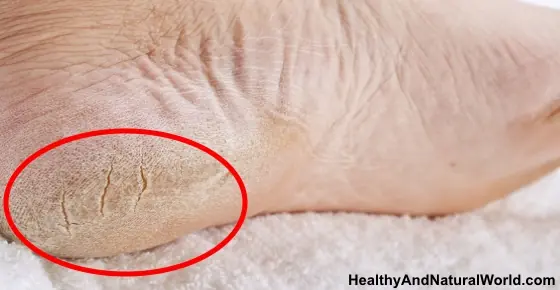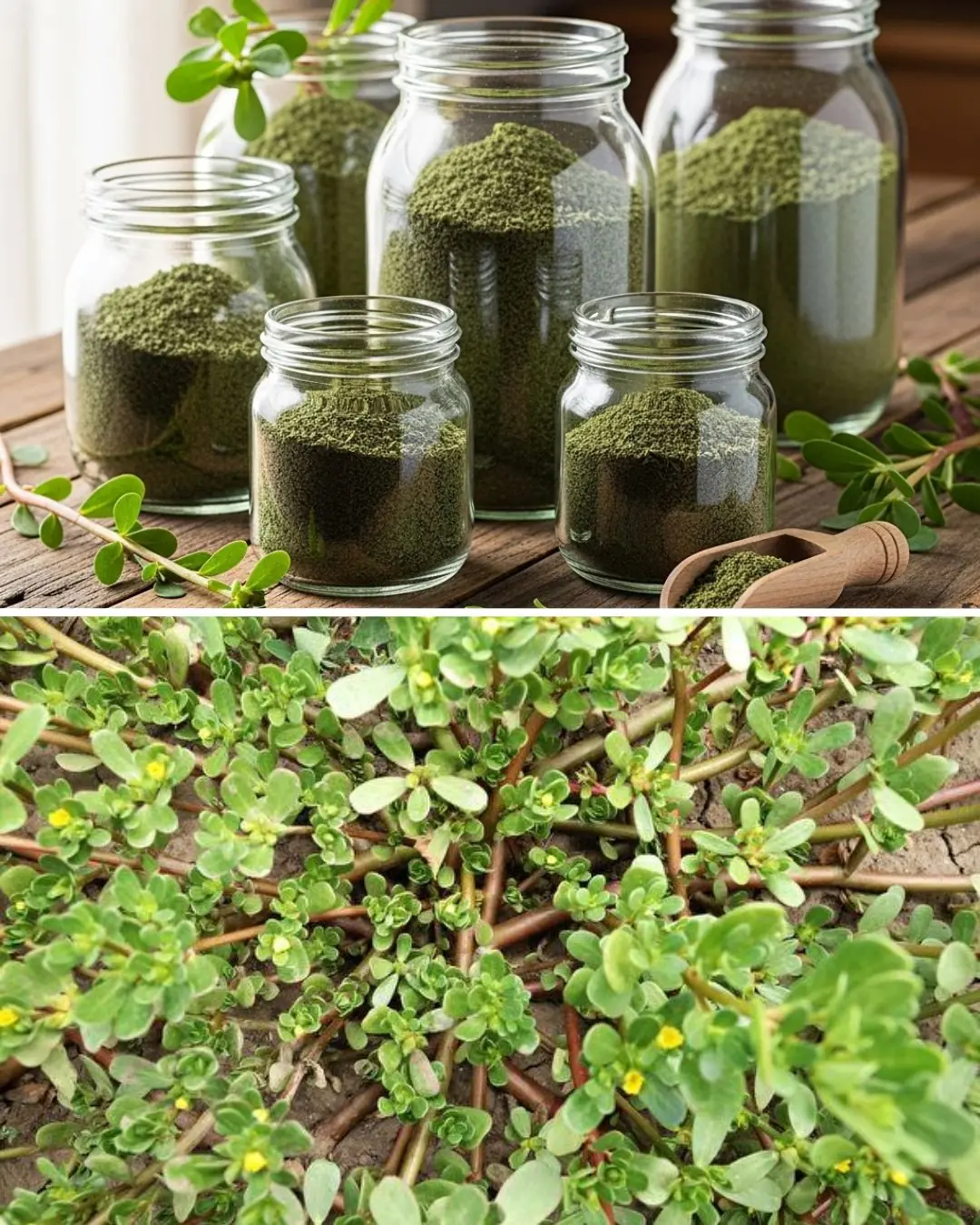
Chromolaena Odorata: 15 Reasons to Explore Its Potential Benefits and Risks
Chromolaena odorata, often called Kingweed or Siam Weed, is a fast-growing shrub originally from the Americas but now widespread in tropical and subtropical regions of Asia, Africa, and the Pacific. In traditional medicine, it has been recognized for multiple uses, from wound care to general wellness. However, like many powerful plants, it carries both potential benefits and notable risks. Below is a comprehensive overview.
1. Anti-Inflammatory Properties
The plant contains natural compounds such as flavonoids and terpenoids that may help reduce swelling and calm irritation. This makes it a traditional choice for easing joint stiffness or mild skin discomfort.
2. Antimicrobial and Wound Care
Leaf extracts are often applied to help disinfect minor cuts and support natural skin repair. This traditional practice highlights its antibacterial potential.
3. Astringent and Hemostatic Action
When applied to small wounds, Chromolaena leaves are believed to help stop bleeding quickly while promoting healing, thanks to their natural astringent qualities.
4. Antimalarial Potential
Some studies suggest that certain compounds may help reduce symptoms related to parasitic infections. While promising, more research is needed before this can be recommended clinically.
5. Analgesic Effects
In folk medicine, preparations from this plant have been used to relieve mild pain such as headaches or toothaches, showing its soothing potential.
6. Immune System Support
Research indicates that the plant may help balance immune activity, reducing overactive inflammation and contributing to overall wellness.
7. Diuretic and Detoxification
Chromolaena is traditionally consumed in small amounts to encourage urinary flow and help the body eliminate waste fluids.
8. Potential Toxicity
Animal studies suggest that long-term or uncontrolled use can put stress on the liver and kidneys. This points to the importance of careful, moderated use under guidance.
9. Reproductive Health Concerns
High doses have been associated with negative effects on male fertility in experimental settings, highlighting the need for caution.
10. Invasive Plant Behavior
Outside its native range, Chromolaena grows aggressively, overtaking farmland and natural habitats. Its dense thickets outcompete local vegetation and disrupt ecosystems.
11. Fire Hazard
In dry seasons, the plant’s woody stems become flammable, increasing wildfire risks in areas where it grows abundantly.
12. Allelopathic Effects
The plant releases chemicals into the soil that inhibit the germination of other species, reducing biodiversity and making restoration of native plants difficult.
13. Allergenic Potential
Some people may experience skin irritation or respiratory discomfort when exposed to the plant. It can also be harmful to livestock if consumed in large amounts.
14. Rapid Reproduction
The plant spreads quickly through wind-dispersed seeds and even regenerates from root fragments, making it extremely difficult to eradicate once established.
15. Agricultural Uses
Despite its drawbacks, some communities use it as green manure to improve soil fertility or as a natural pest-control material. However, benefits must be weighed against environmental risks.
Additional Insights (+20% Expanded Content)
-
Dual Nature: Chromolaena odorata exemplifies how plants can serve as both a healer and a hazard. Its benefits are real, but so are the risks.
-
Clinical Validation Needed: Although it is widely used in folk medicine, modern clinical trials are still limited. More evidence is needed before it can be considered safe for consistent or medical use.
-
Environmental Management: Invasive spread makes it necessary for communities to find sustainable ways to control its growth, such as selective removal or controlled agricultural use.
-
Safer Alternatives: While Chromolaena has benefits, other botanicals such as turmeric, ginger, or aloe vera may offer safer, well-studied options for everyday use.
-
Practical Use: If applied traditionally, small, carefully prepared doses are preferred. Topical use is considered safer than long-term internal use.
-
Future Potential: With further scientific study, its bioactive compounds could be refined into safer extracts or herbal formulations that minimize side effects while maximizing therapeutic value.
Summary
Chromolaena odorata is a plant of contrasts. On one hand, it offers anti-inflammatory, antimicrobial, and wound-healing properties that have earned it a strong place in traditional medicine. On the other, it poses ecological risks as an invasive species and health risks when misused. Approaching it with respect, moderation, and professional guidance is key. While promising, safer and more thoroughly researched alternatives may often be the better choice.
News in the same category


Natural Juice Blends to Support Joint and Bone Health After Age 50 (Enhanced with Extra Benefits)

10 Nourishing Homemade Potato Face Packs (Enhanced with Extra Benefits)

Homemade Rice & Flaxseed Night Cream for Radiant, Youthful Skin
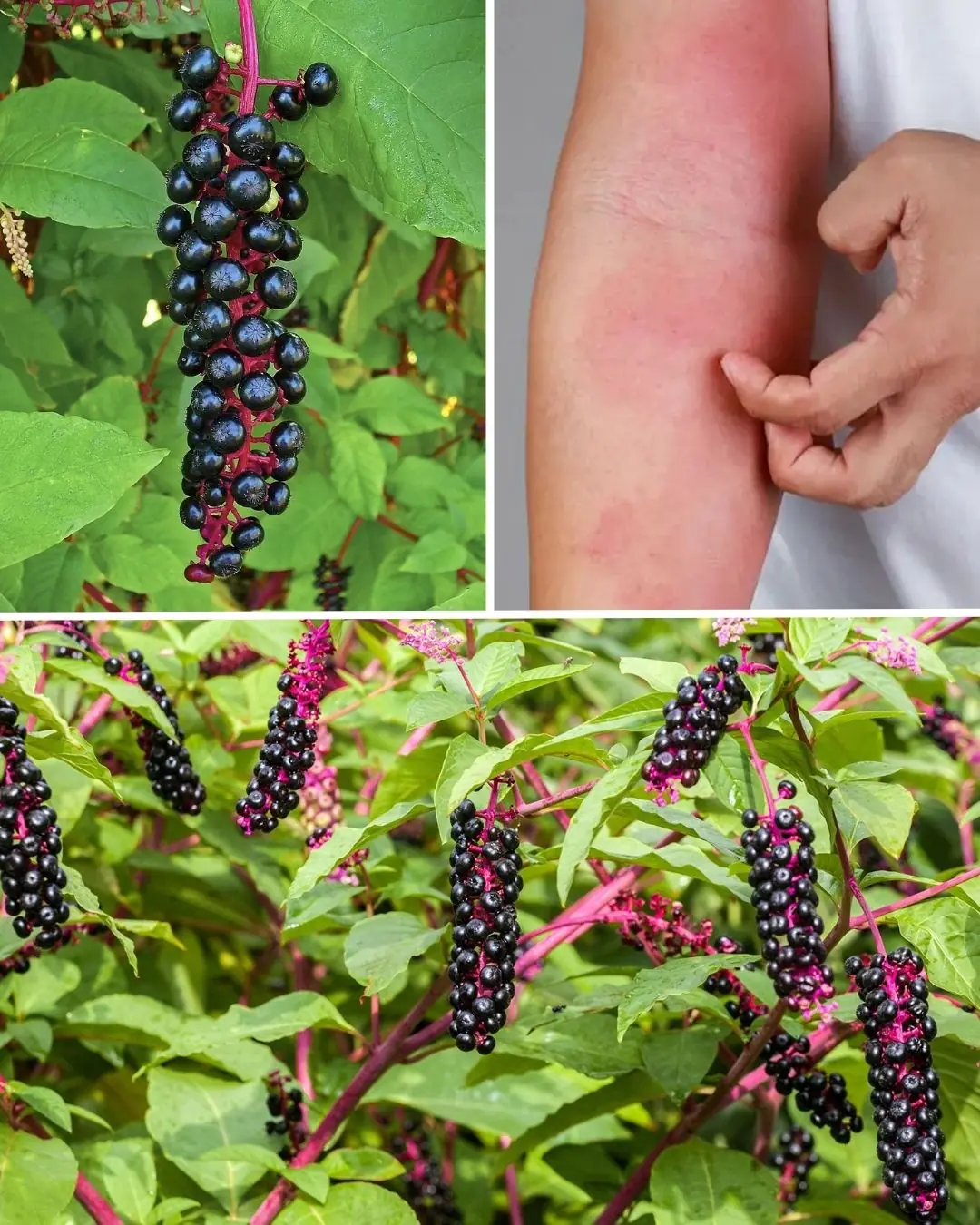
Pokeweed: The Attractive but Highly Toxic Plant Growing in Your Backyard
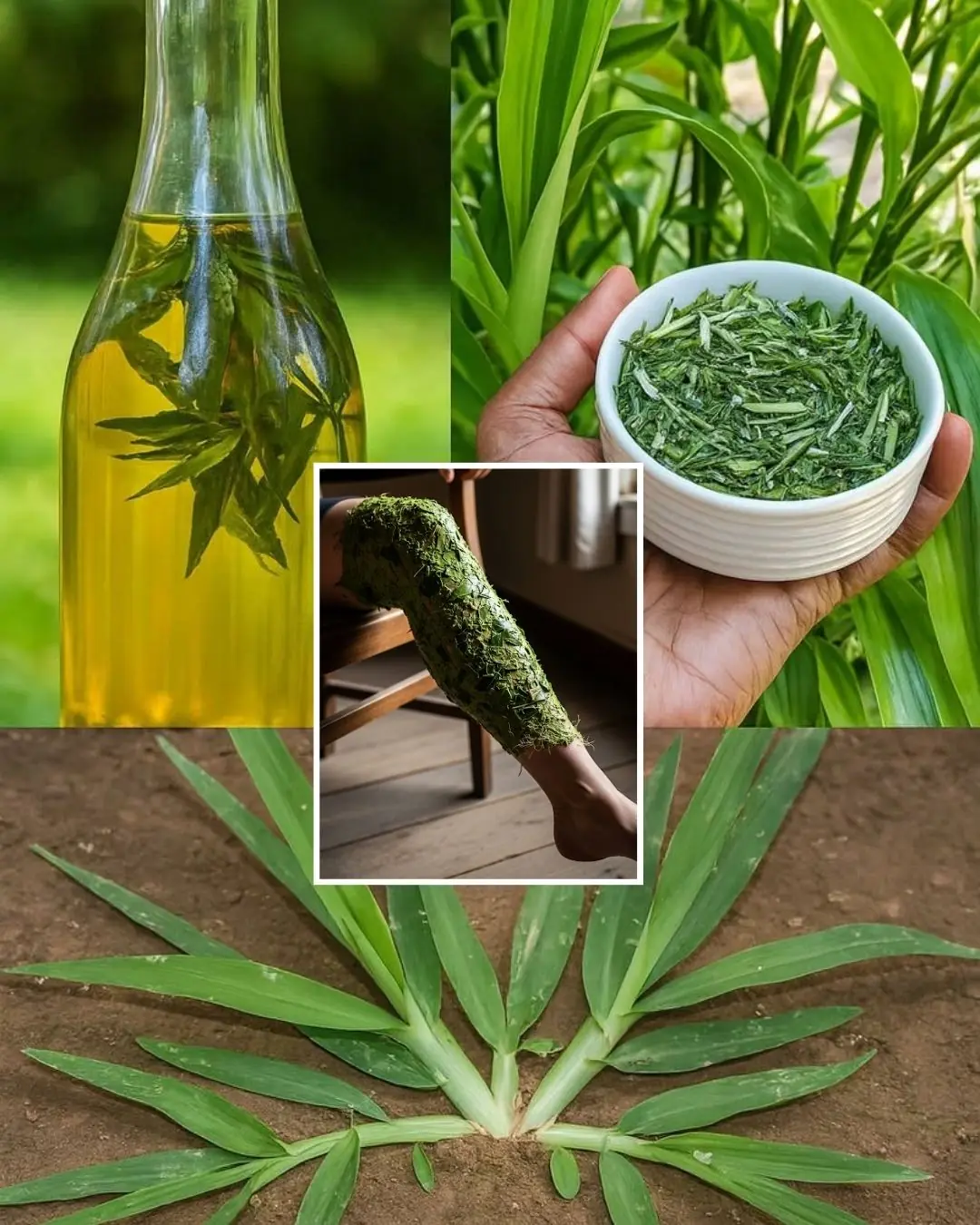
Goosegrass: Health Benefits and Uses

The Powerful Health Benefits of Lipton, Cloves, and Ginger Tea Every Woman Should Know

The Miracle Tree: 16 Health Benefits of Moringa & How to Use It

Clove Collagen Gel : Night Gel For A Smooth & Tight Skin

Transform your skin with fenugreek seeds
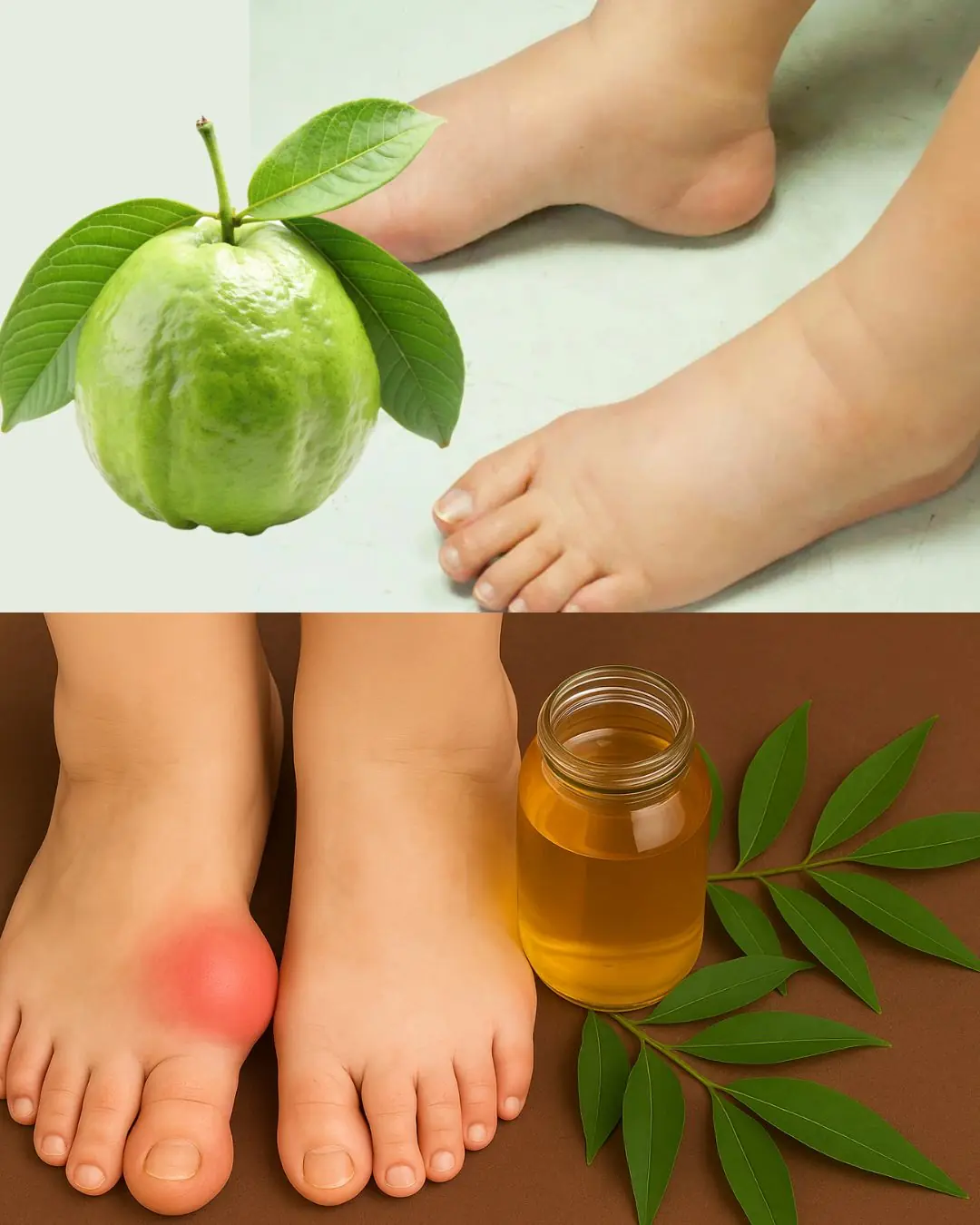
🍃 Say Goodbye to Bloating with the Japanese Guava Leaf Remedy: A Natural Solution for Water Retention 🌿

💋 DIY Lip Scrub: Achieve Soft, Pink Lips Naturally
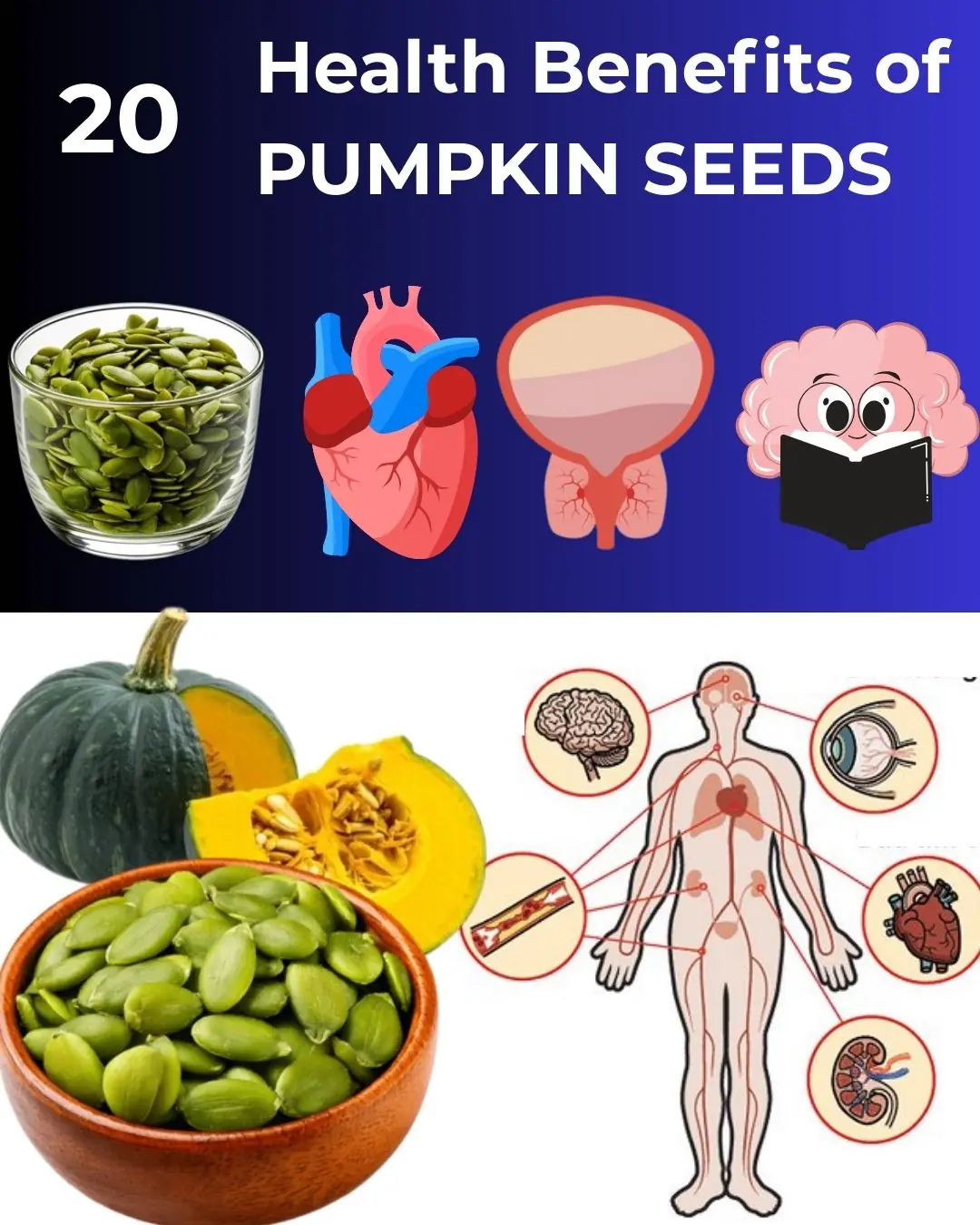
🎃 20 Health Benefits of Eating Pumpki
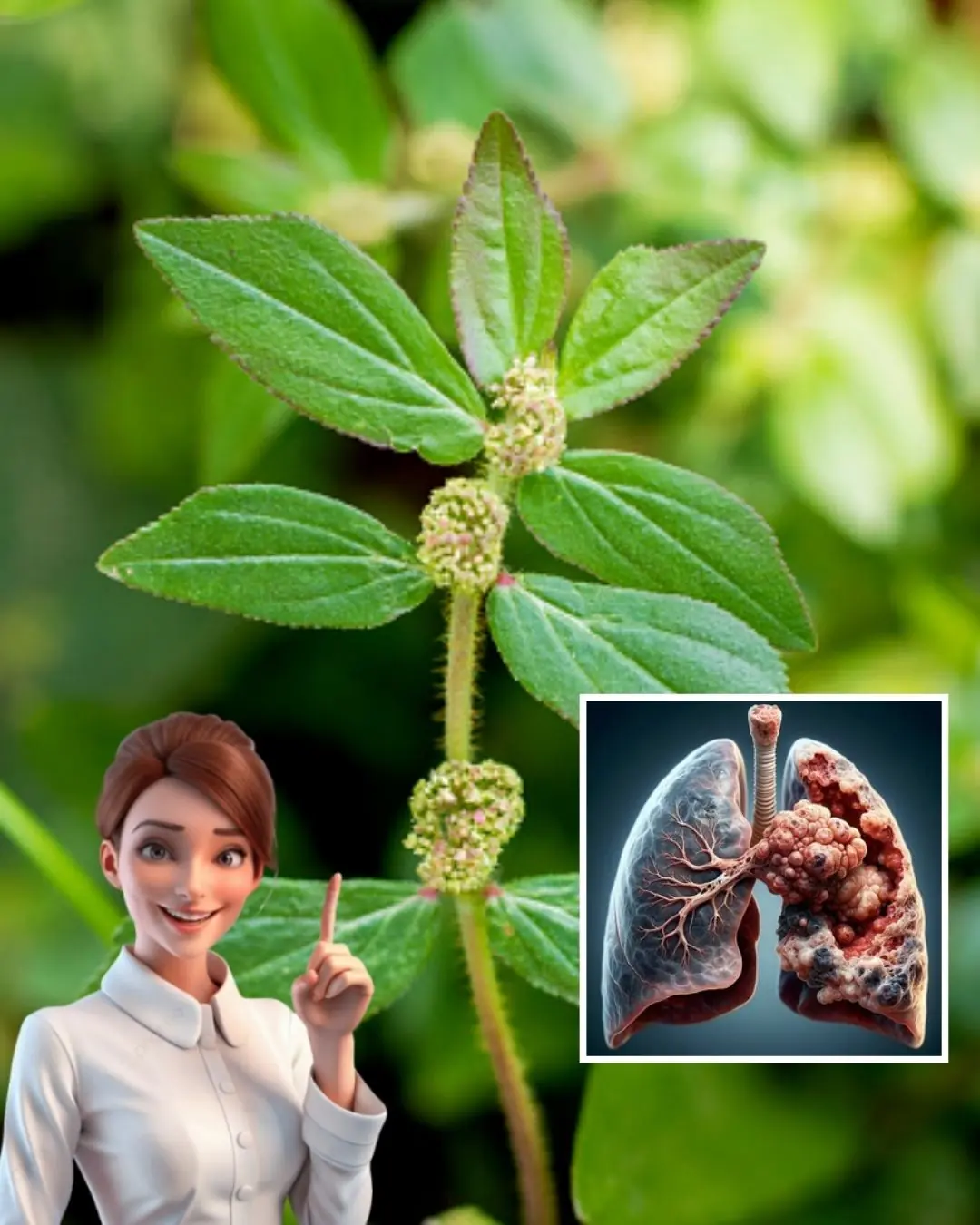
🌿 Euphorbia Hirta: Unlocking 30 Remarkable Health Benefits Safely

🌿 DIY Aloe Vera Face Wash – Natural & Nourishing Cleanser

Rub Banana Peel on Face for Clear Skin – Remove Pimples & Dark Spots

Remove dark circles in 1 week
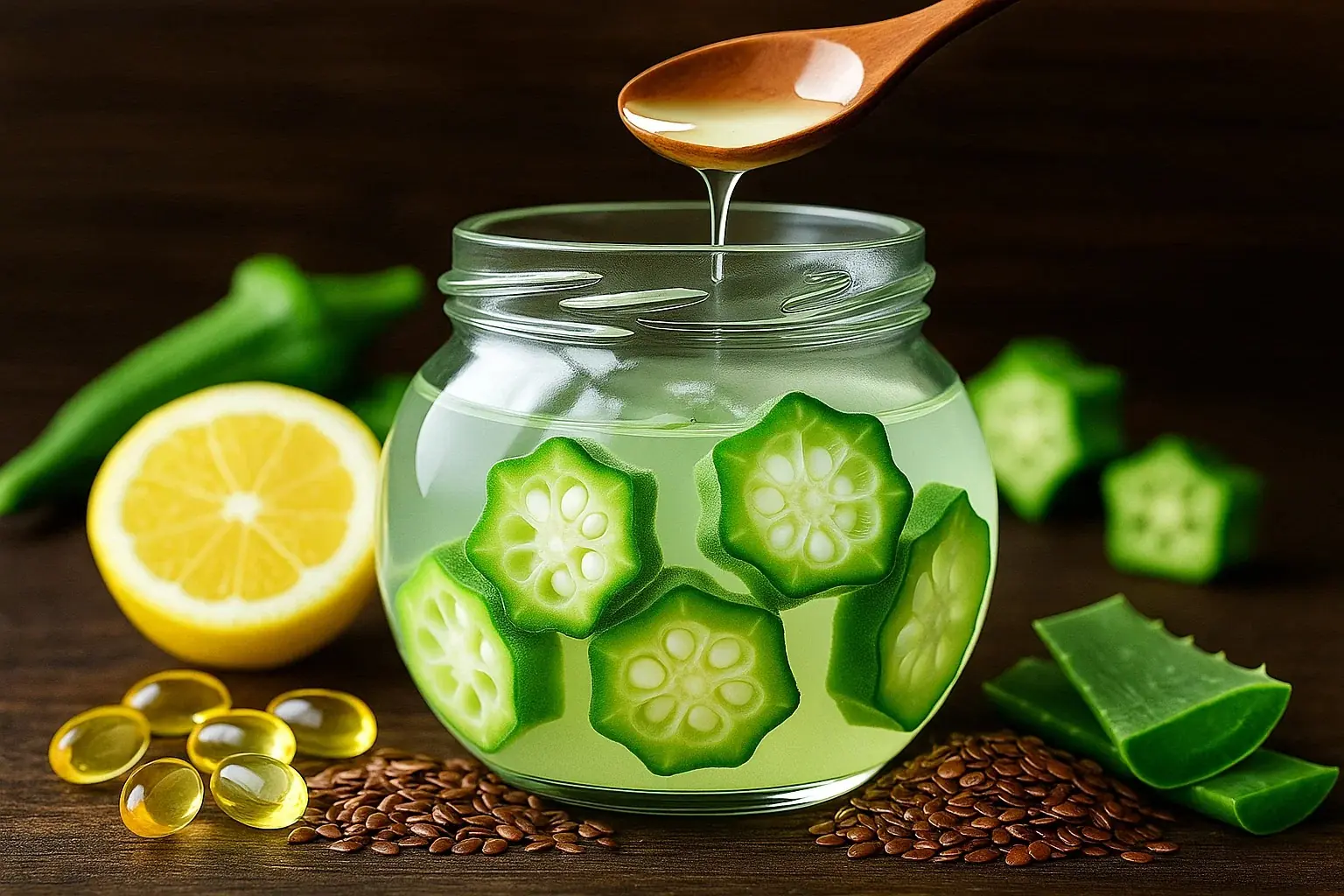
DIY Okra Face Gel Recipe for Radiant, Firm Skin: Collagen Boosting Skincare Solution for Glowing Skin
By incorporating this okragel into your nightly skincare routine, you can enjoy smoother, firmer, and more radiant skin in just a few simple steps.
News Post

Iconic internet feature set to be permanently shut down after 34 years

Are You Feeling These Symptoms? Here’s WHY It Could Mean Your Body Is FULL of Toxins!

30+ Enriched Reasons to Embrace Purslane (Portulaca oleracea)
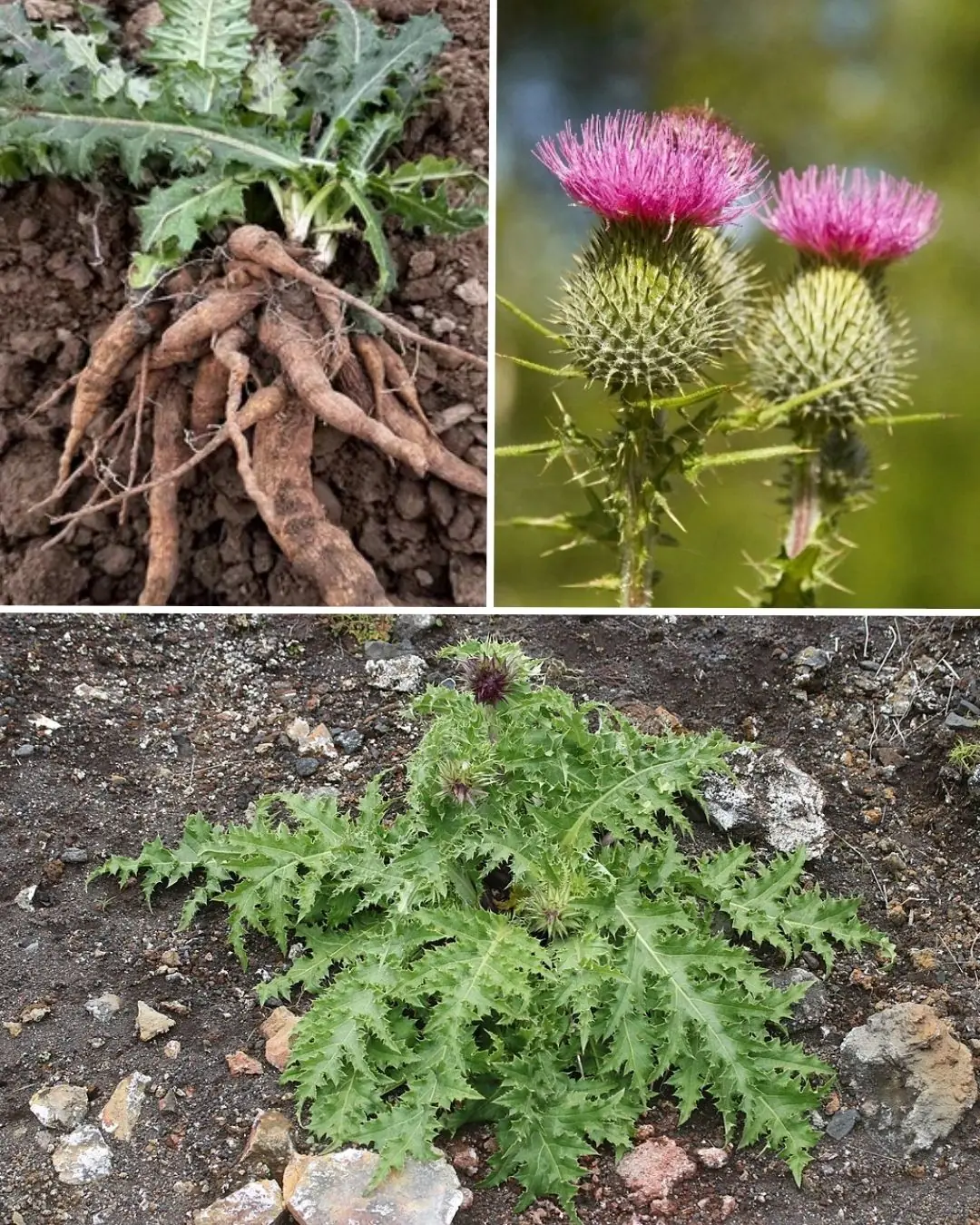
12 Enhanced Benefits of Bull Thistle Root & How to Use It Naturally

Natural Juice Blends to Support Joint and Bone Health After Age 50 (Enhanced with Extra Benefits)

10 Nourishing Homemade Potato Face Packs (Enhanced with Extra Benefits)

Homemade Rice & Flaxseed Night Cream for Radiant, Youthful Skin

When Your Child Shuts You Out: How to Reconnect Without Losing Yourself

How to Marinate Fish for Maximum Flavor and Tenderness

The gap between a woman’s legs can reveal that she is…

Psychologists Say These 14 Behaviors Often Reveal a Toxic Personality
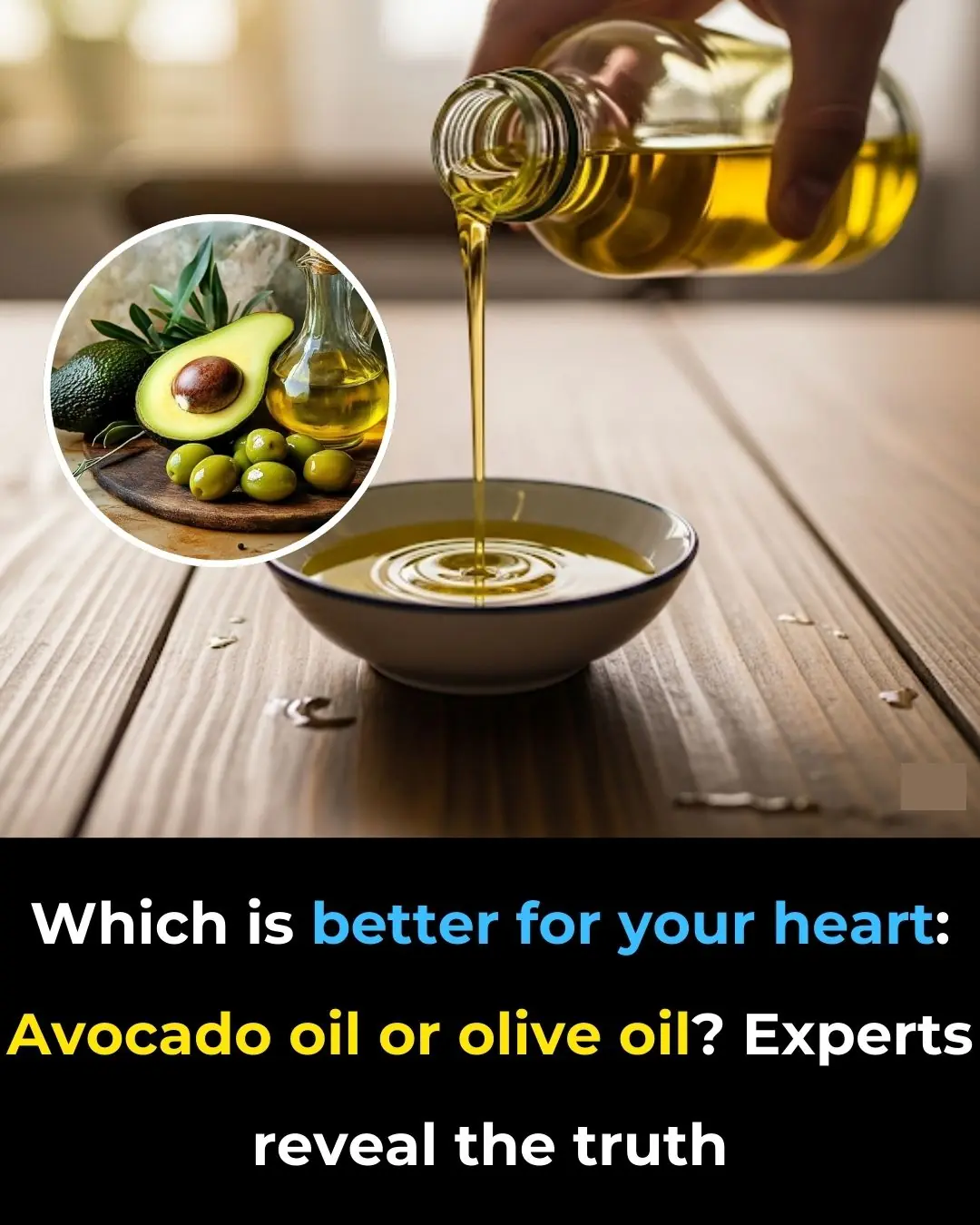
Which Is Better for Your Heart: Avocado Oil or Olive Oil? Experts Reveal the Truth
Calcium Deposition Can Increase Osteoarthritis Risk

IBD Linked to Higher Risk for Interstitial Lung Disease

12 weird symptoms that mean you’re dangerously low on potassium

One drink that repairs knee cartilage fast (doctors are amazed!)

How Often to Clean Your Shower Curtain — and These 6 Other Bathroom Items

8 Doctor-Approved Ways to Get Rid of Hyperpigmentation
